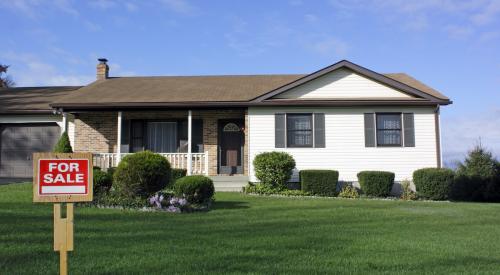Affordability indexes may take mortgage rates, income, and home prices into account, but it’s missing an important piece of the puzzle. Bill McBride, author of the finance and economics blog Calculated Risk, says future return is an important piece of data to factor into affordability. The National Association of Realtors’ recent June housing affordability index shows a decline in affordability. The index based this off of rising family income, mortgage payments, mortgage rates, and home prices. The First American Real House Price Index measures affordability through consumer house-buying power resulting from household income, mortgage rates, and nominal house prices.
In June, housing affordability declined on a year-over-year basis for the fourth month in a row, following two years of increasing affordability. The decline in June occurred even as two of the three key drivers of the RHPI, household income and mortgage rates, swung in favor of greater affordability relative to one year ago.
Here is a description from FirstAm:
The First American Real House Price Index (RHPI) measures the price changes of single-family properties throughout the U.S. adjusted for the impact of income and interest rate changes on consumer house-buying power over time and across the United States at the national, state and metropolitan area level. Because the RHPI adjusts for house-buying power, it is also a measure of housing affordability.
Calculated Risk Affordability Index
I’ve put together my own affordability index - since 1976 - that is similar to the FirstAm approach (more of a house price index adjusted by mortgage rates and the median household income).
I used median income from the Census Bureau (estimated 2020 and 2021), assumed a 15% down payment, and used a 2% estimate for property taxes, insurance and maintenance. This is probably low for high property tax states like New Jersey and Texas, and too high for lower property tax states. If we were including condos, we’d also include HOA fees too (this is excluded).













